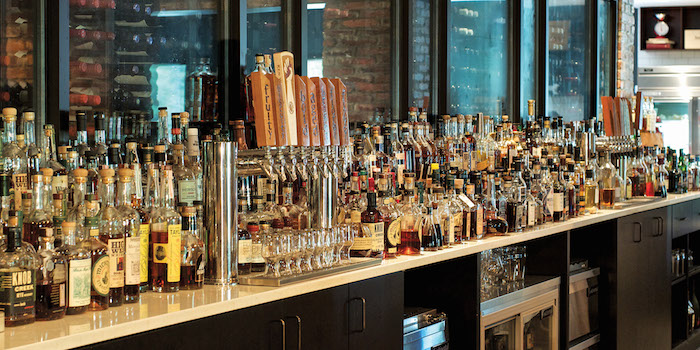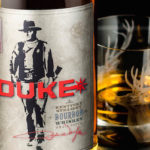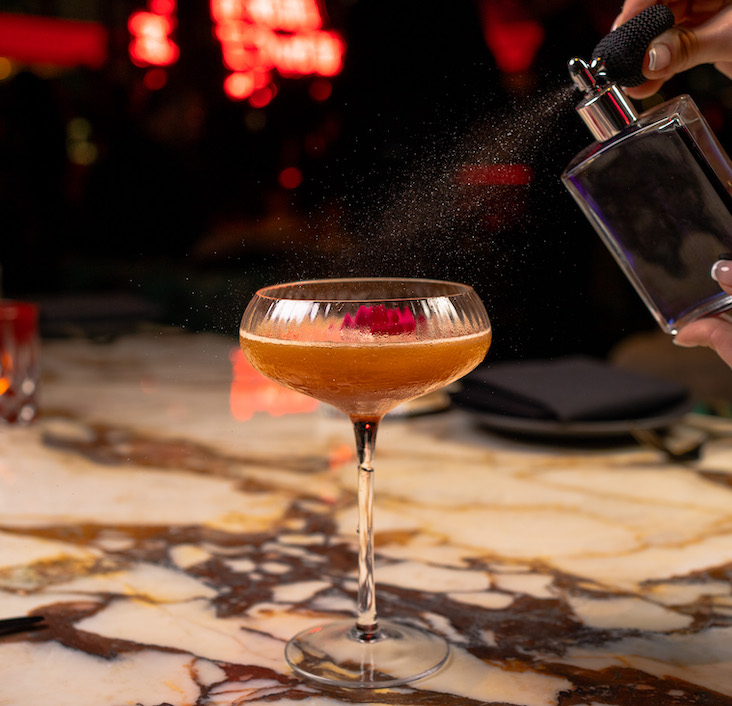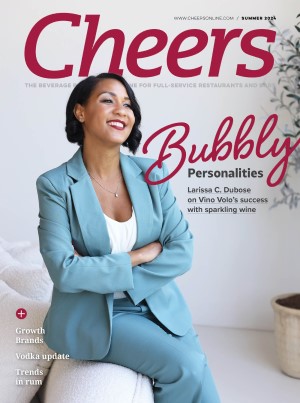Learning Japanese
The concept of the Seven Grands, decorated in a dark-hued hunting-lodge style, is built on collections of hundreds of whiskies. Rather than creating an exhaustive assemblage of brands, Abrahamson eschews those that the staff don’t like or with undetermined provenance. “We don’t carry anything we ourselves wouldn’t drink.”
And these days the hottest item is Japanese whisky. “They are hands-down the most sought after and popular, and some of the hardest for us to stock,” Abrahamson says. “We sell out almost immediately and it’s incredibly frustrating—we try to keep them reasonable, but the problem is, if we get only two bottles of the Yamazaki 18 in a month, we’ll sell out in two weeks.”
Indeed, “Japanese is the category to watch, and everyone is fighting to get any of it,” says Flavien Desoblin, owner of New York’s famed Brandy Library. “It’s funny; for so many years we were advocates for Japanese whiskey and nobody cared. And now, before our customers even sit down, they are asking what Japanese whiskey we have.”
Brandy Library has been forced to remove about two-thirds of its Japanese whiskies from the menu because they can’t be kept in stock. But some small distilleries are filling the gap left by the two big players, Nikka and Suntory.

Japanese is the whisky category to watch, “and everyone is fighting to get any of it,” says Flavien Desoblin, owner of New York’s Brandy Library and Copper & Oak.
Adventurous Millennials
Millennial consumers are frequently credited with having far-ranging palates, and that has helped expand the scope of international whiskey in the U.S., says Desoblin. “They are more international in their approach, and that’s something to capture for the international brands.”
In addition to its taste, if a product a good story or a dynamic presentation, “then it has a chance to work with [Millennials],” he says.
Whiskey interest varies depending on venue: At fine-dining venue Bern’s Steak House, long known for its massive wine and spirits selection of rarities, Scotch whiskies—especially rare single malts—still lead the way. At Haven (formerly SideBern’s), international ryes and Irish do better.
Haven’s customers tend to be younger and more adventurous, but some unusual whiskies still need hand selling. Hurst bought Welsh whisky Penderyn for Haven, but it didn’t move until it was featured in a cocktail.
“Putting it in a drink will always help, but lots of the international whiskies aren’t cheap so it’s cost prohibitive to put them into a cocktail,” Hurst says. “You’d need to charge $16 to $20 for a drink to make your numbers, or treat it like a loss leader.”
Scotch rules at the three whisky-focused Molly MacPherson’s Scottish Pub and Grills in Georgia, with the powerful and peaty Islay whiskies the most popular. Since the reintroduction of Yellow Spot and Green Spot Irish whiskies three years ago, they’ve become quite popular as well, says Corey Rundle, who works at the Savannah pub but buys for all three locations.
At Seven Grand, the higher-end Irish brands, such as Red Breast and Midleton, are hard to keep in stock. So Abrahamson steers fans toward the John Powers 12 Year Old as an alternative.








This truly answered my problem, thanks!